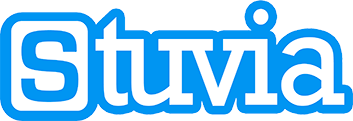Summary
Samenvatting Artikelen voor IPO 2B
- Course
- Institution
Samenvatting van de artikelen 'Phillips, B.M., Clancy-Menchetti, J. & Lonigan, C.J. (2008). Successful phonological awareness instruction with preschool children. Lessons from the classroom. Topics in Early Childhood Special Education, 28, 3-17' en 'Elliott, J. G. & Resing, W. C. M. (2015). Can int...
[Show more]



